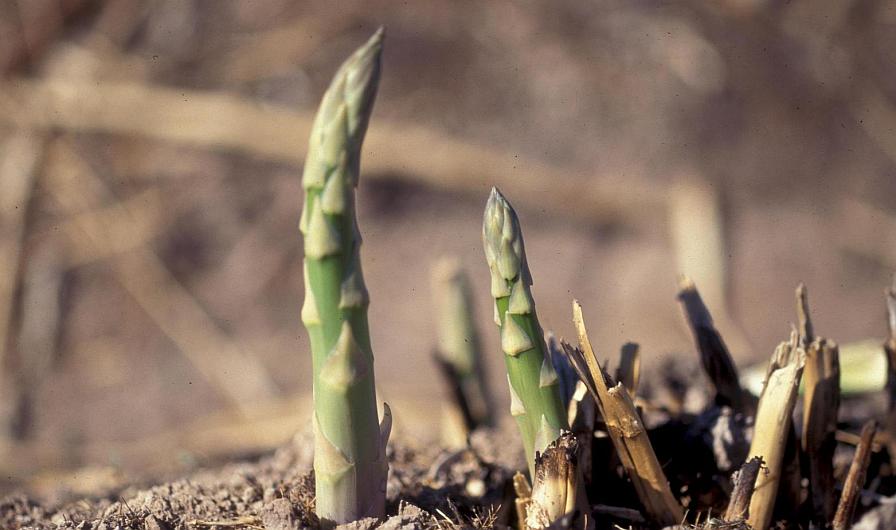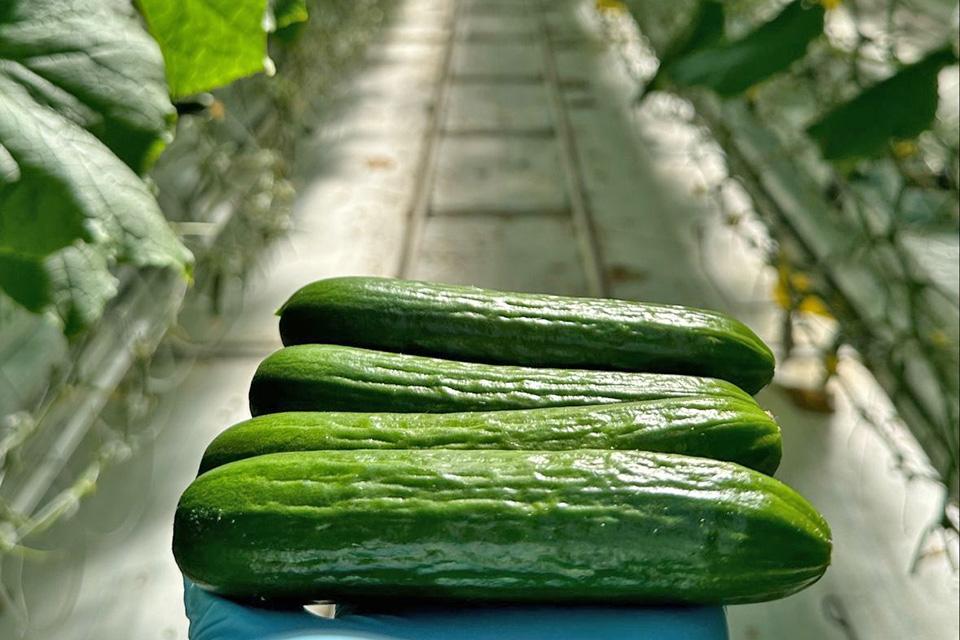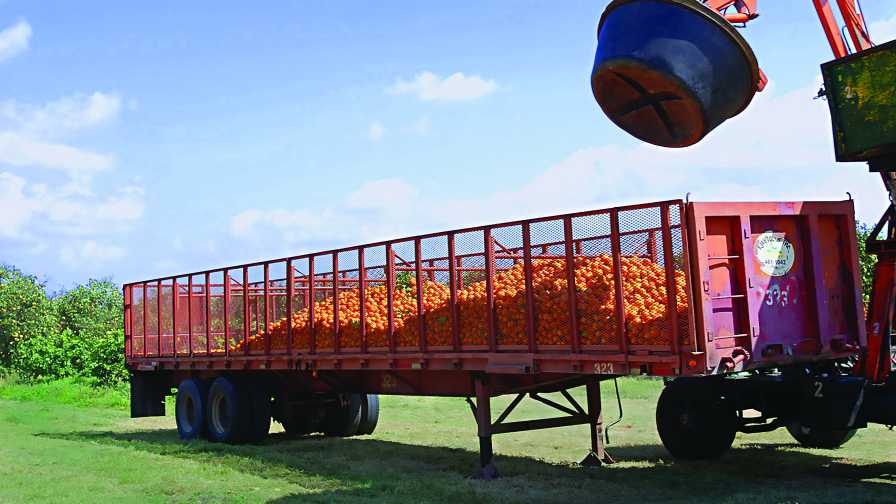Managing Magnesium Levels In Tree Nuts
The role of magnesium in plant health is well understood and important for a number of critical growth processes. It is a key component of the chlorophyll molecule, thus is essential for optimum photosynthesis and the manufacture of proteins in the plant. Magnesium is also involved in numerous enzymatic reactions that affect plant metabolism and the manufacture of energy.
Magnesium deficiency in trees is characterized by the classic V-shaped chlorotic pattern in the older basal leaves, usually symptomatic in early to mid-summer. It is most common in lighter textured sandy soils and soils with a low pH. Magnesium deficiency can be caused by either low levels of soil magnesium, or elevated levels of other cations such as potassium or calcium. Oftentimes individual, vigorously growing replants in a mature orchard will be the first to show symptoms. When large doses of soil amendments such as potash or gypsum are added to soils with marginal levels of magnesium, an induced deficiency can occur. Deficiency symptoms can be corrected by soil or foliar applications of magnesium sulfate or soil amending with dolomitic lime. Sometimes these treatments will prevent new symptoms from developing, but will not change the leaf patterns in the first leaves that show the most severe V-shaped chlorosis.
What about magnesium excess? This can and does occur in orchards and can be responsible for a number of direct and indirect disorders. An imbalance of high magnesium can cause potassium deficient symptoms in fruit and nut trees. Pome fruits can both exhibit foliar symptoms of potassium deficiency or fruit disorders such as bitter pit or cork spot that are associated with low levels of calcium.
Excess magnesium is often a result of one of two conditions. The first is a natural soil ratio where the base saturation in an analysis shows low calcium to magnesium. The second is where excess magnesium is applied in the fertility program when it is not needed. If the soil has a low calcium to magnesium ratio, the application of calcium amendments can correct the problem. This can be in the form of gypsum or limestone, depending on the soil pH. Dolomite should not be used to address high magnesium.
A Balanced Approach
Magnesium can be present in a number of fertility products such as potassium/magnesium sulfate or dolomitic limestone. When used in situations where magnesium is not necessary, secondary problems such as negative effects on water penetration can occur. High magnesium soils can encounter some of the same soil crusting and surface-sealing problems as soils high in sodium. When magnesium dominates the negative sites on the clay particles in soils, aggregate stability is reduced and the soil structure is more dispersed. This results in smaller pore spaces and reduced water infiltration rates. Without good water penetration, problems such as poor root aeration and tree health, the inability to leach salts, and Phytophthora root rot may occur.
Magnesium concentrations in the soil and plant are one of the key nutrient areas where slight swings in the direction of deficient or excess can exhibit noticeable changes in plant performance or crop quality. It should always be considered in a balanced approach to nutrient management.










